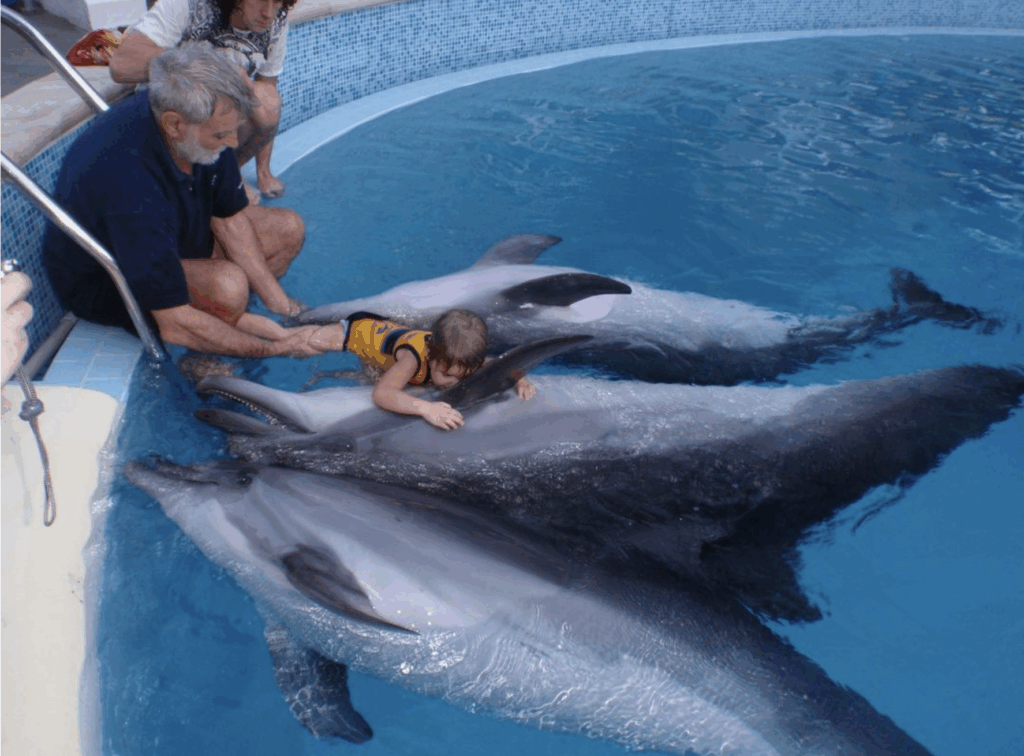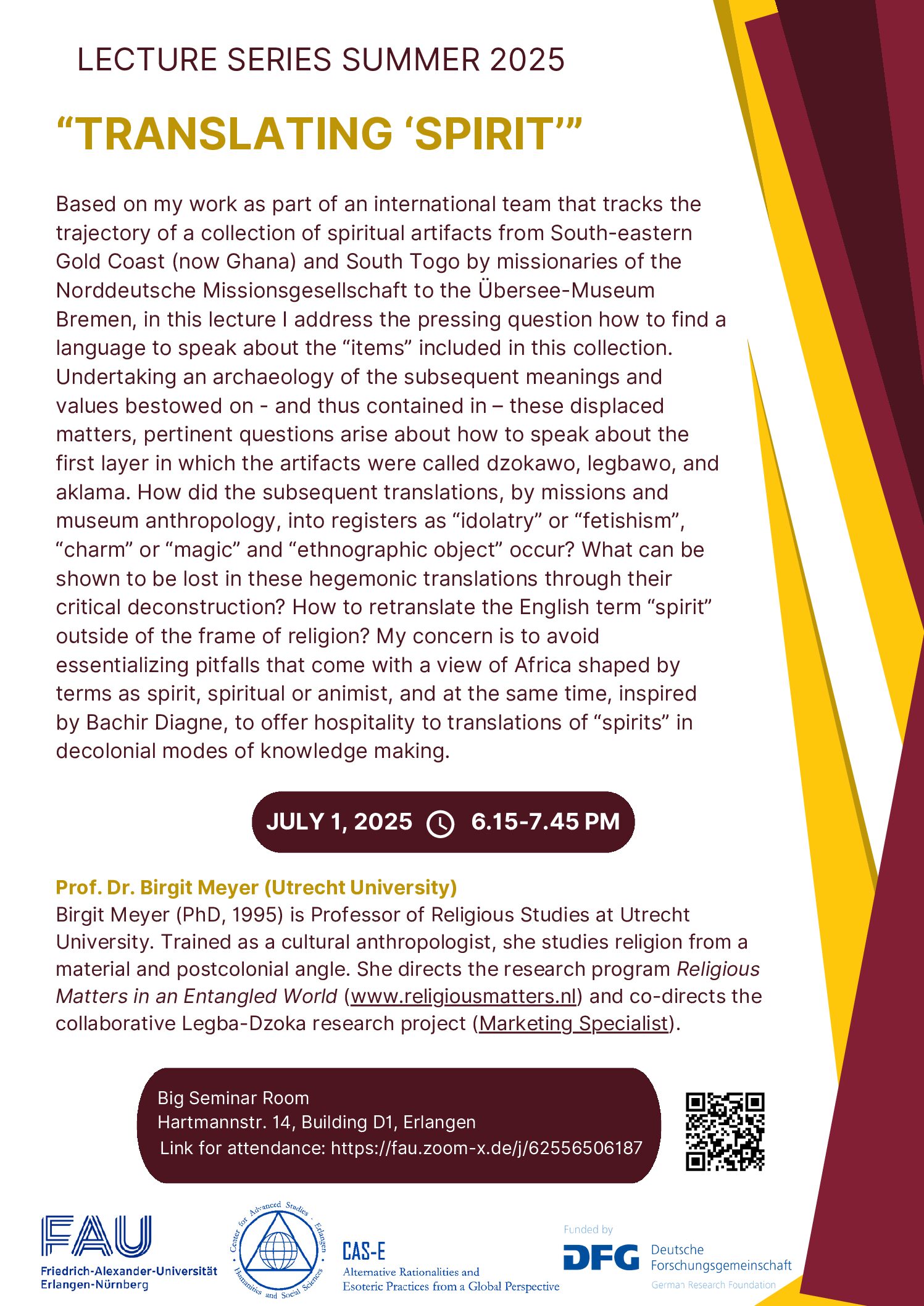The Utopian Project of the Late-Soviet Waterbirth Movement: Its Interactions with the Global New Age, and Nowadays Inheritors
by CAS-E Associated Scholar Anna Ozhiganova
Followers of the so-called “Russian Method of Home Waterbirth and Active Infant Raising” or the “Aquaculture Project” (AP) are practiced nowadays in various countries – in the USA, Thailand, France, Israel, and of course, Russia. They are distinguished by the lack of formal medical education, radical practices (giving birth underwater, ideally, in the ocean; cold strengthening via swimming in ice holes; infant swimming, diving, and gymnastics from the first hours of life), and a specific discourse about ‘baby-dolphins’ possessing supernormal abilities such as clairvoyance, telepathy, and metaphysical connections with dolphins. These spiritual midwives, infant swimming instructors, birthing coaches, and other alternative perinatal specialists are successors of a utopian project that originated in the Soviet Union in the 1970s and reached the peak of its popularity in the 1980s–1990s. The aim of the project, developed by the charismatic teacher and psychic Igor Charkovsky (1936–2021), was the creation of a “new human being” called a “sensitive” or a “baby-dolphin.” According to Charkovsky, dolphins could provide necessary assistance in the human adaption to water and thus contribute to the evolution of humans as aquatic mammals. Such futuristic ideas were enthusiastically embraced by members of the grassroots parental movement for a healthy lifestyle and alternative methods of child-raising.

Igor Charkovsky and dolphins. Photocredit: Anna Ozhiganova








